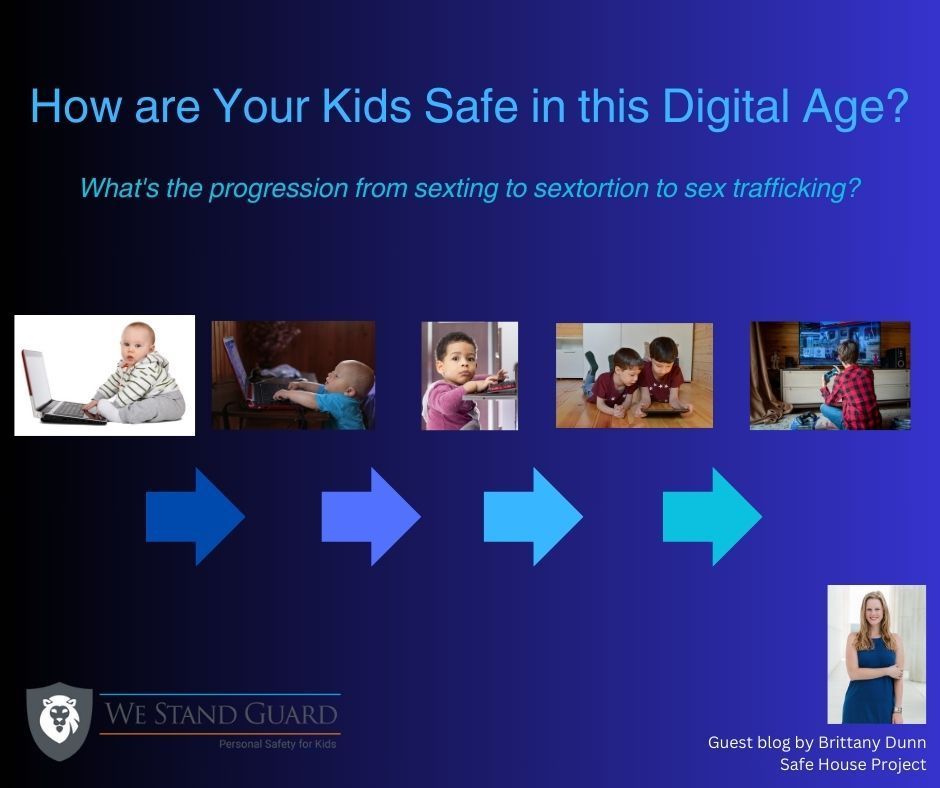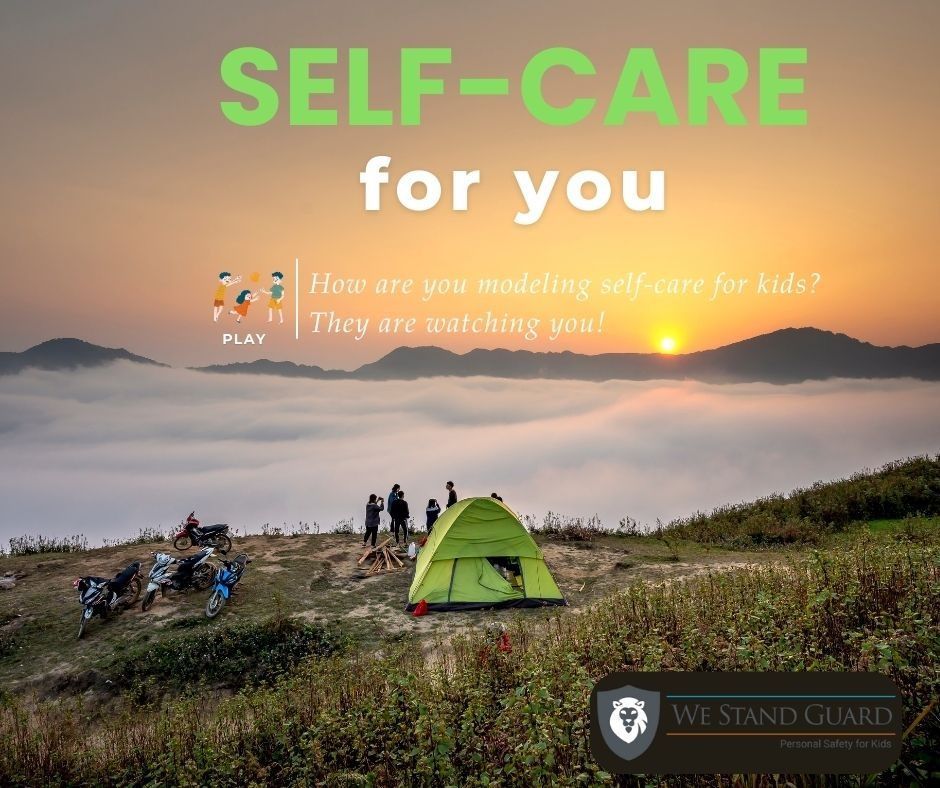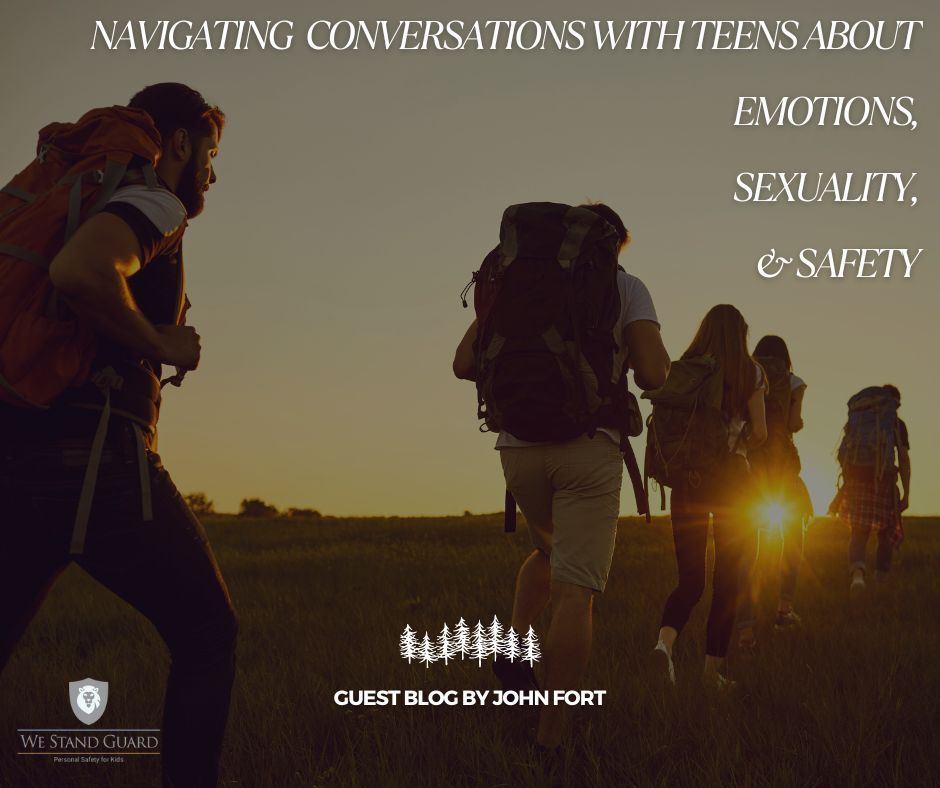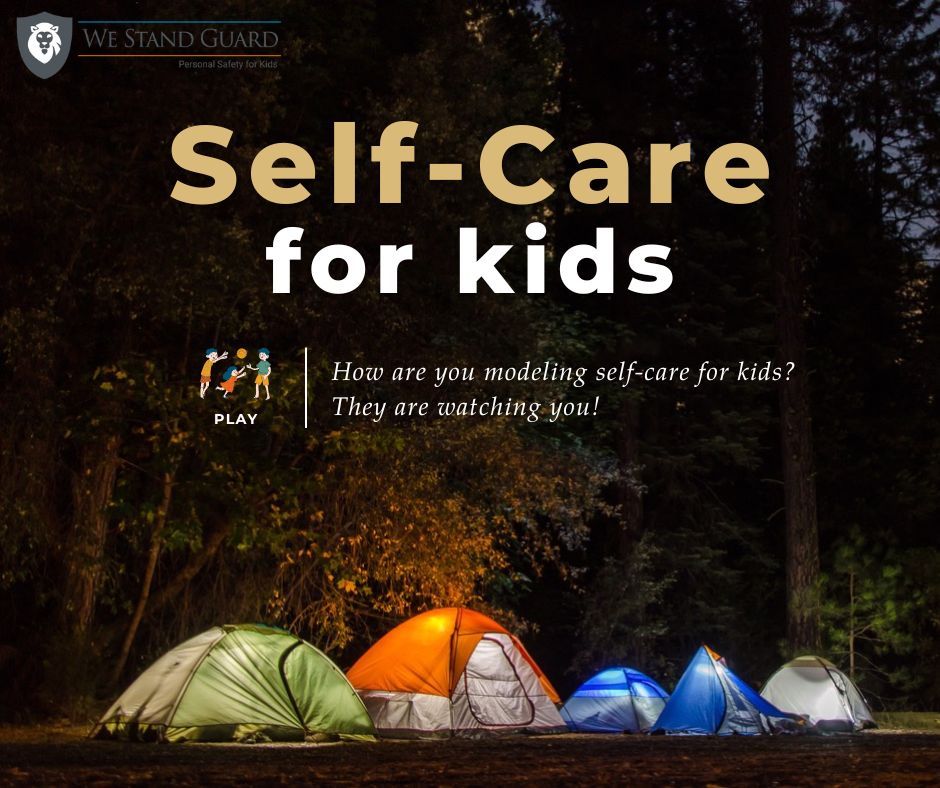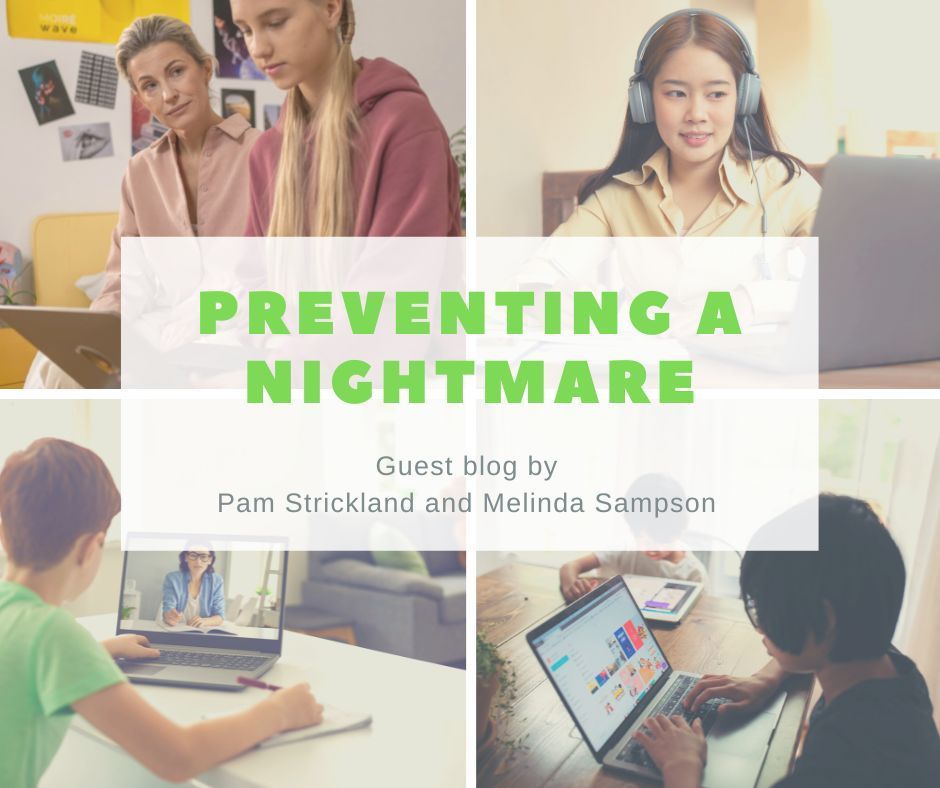By Kimberly Perry
•
May 10, 2024
Has Someone Crossed the Line? Have you crossed someone's boundaries? Clarifying and maintaining boundaries is a lifelong practice and skill for all ages, especially today in our tech world. My friend Barb Winters has written a thought-provoking guest blog so we can "let it begin with me" by reflecting on our own boundaries day to day. Plus she relates boundaries in a relevant way to our culture by connecting to tech and our youth. A Refresh on Boundaries for All Ages Today In a world of child sexual abuse material (CSAM), pornography, hookup culture, and predators, understanding why boundaries are important is paramount. The following is an excerpt from Barb Winters’ book, Sexpectations: Helping the Next Generation Navigate Healthy Relationships . I ruffled my son’s hair. “Good job.” He had finished his science project and was walking it to the living room to show his dad. “You messed up my hair.” He appeared less than thrilled. “But it’s so soft,” I said playfully. “Mom, stop. I don’t like when you get in my space.” I paused. I guess he was growing up and no longer appreciated his mommy touching him without permission. “Sorry. I’ll try to be more respectful.” I can’t boast that I’ve always heard my children’s requests or taken them seriously. I also can’t promise I never ruffled my son’s hair again—I may have slipped once or twice. But as I mature, I’m learning to listen to others when they attempt to communicate their boundaries. Teaching Teens When teaching preteens and teens at local schools, we emphasize the importance of setting and communicating boundaries. A healthy person institutes boundaries. Healthy relationships incorporate boundaries. A boundary is a limit. It’s a border, an invisible line drawn to express parameters—what we deem as acceptable and unacceptable in various areas of life. Think of a fence or lines on a road. The lines mark the area where it’s safe to drive. If we veer over the line, we’re in danger of hitting an oncoming car or going into a ditch. I like boundaries. I find them comforting. Not everyone appreciates limitations and rules, but I feel safer knowing them and staying within their confines. I’d much rather my son tell me not to touch his hair, even though this signal that he was growing up saddened me, than for him to resent me because I crossed a boundary I didn’t know existed. Our goal as caregivers is to help our children (1) comprehend why they need boundaries (2) recognize which areas of life need boundaries (3) set their boundaries (4) communicate their boundaries to others Boundaries protect us. Many people rebel against rules and regulations. Society conditions us to resist guidelines and directives, as if those “other people” are trying to control, manipulate, and reign over us. Hormonal teens, trying to find their place in the world and testing their limits, can adopt this stance. Our objective is to turn this thinking around so they view boundaries as friendly and an essential component of life. When I tell teens we turn off the Wi-Fi every night at 11:00 p.m. in our household, they look at me as if I’ve lost my mind and ruined my children for life. But I purposefully mention this line to reveal this fact: because I love my children, I want to safeguard them. My job is to protect them from predators and help them resist temptation late at night. I am relieving them of the burden of saying no to pornography, late-night gaming, and social media drama—and improving their ability to say yes to a good night’s sleep and a well-rested body. A Universal Human Need for Boundaries Boundaries are necessary in multiple areas of life. We set our alarms. We create budgets. We watch our caloric intake. We limit our interactions with people who push our buttons. And we obey traffic signals. These are all boundaries—ones we’ve set for ourselves and ones established by others. To some extent, these lines exist in all areas of life, but let’s look at some specific areas that benefit relationships. We want the next generation to set these boundaries as soon as possible, before it’s necessary to exercise them. In the physical area, within a romantic relationship, help your children establish how far they will go sexually before marriage. Discuss the options, lay out the benefits of waiting for intercourse, read Scripture, and pray with them. Walk them through the stages of physical intimacy, including holding hands, kissing, and other sexual activity leading up to intercourse, being as explicit as possible for their age. Help them choose their line, their stopping point, but allow them to make the choice. When comfortable, tell personal stories—your choices and the benefits and/or consequences to your decisions. Offer advice if they ask, but don’t decide for them. Preteens and teens are more apt to adhere to limits, to say no when pressured, if they set their boundaries themselves. Determine boundaries around screen time and social media. Get their buy-in by asking for their input and listening to their reasoning. Ask their opinion about consequences when needed. The parameters established in your home depend on your children’s ages, maturity level, and history. Some children are more vulnerable than others. Some have a more addictive nature than others. As they mature, adapt the guidelines. Hopefully, as adults, they will continue to place limits on their screen time. Understanding Boundary Violations Additionally, help your children decipher acceptable and unacceptable behaviors within friendships, partnerships, and family. Do your children like teasing? How close is too close? Do others listen to their ideas? Do they have the freedom to make decisions within relationships, or do others always demand their way? Are they confident enough to interact with other people responsibly? Do they encounter abusive behavior? Are they treated with respect and kindness? Do others pressure them when they say no? Are they looking for red flags? Do your children know when someone crosses a line? How will they respond? We want the next generation to regard these borders as positive and protective so, as they mature into adulthood, they continue to set them and say no to people who push for more. After they’ve determined their boundaries, help your children communicate those boundaries. . . . Voicing boundaries is important. The sooner we empower our children to set and communicate boundaries, the better equipped they will be for the future. Teach them to state their limitations in a kind manner and say “no” when the lines are ignored. If someone continuously pushes their limits, they may need to change the approach to the relationship. It’s reasonable to set our own boundaries and adhere to others’ limits. Acknowledging and appreciating others’ boundaries is important. This give-and-take contributes to a healthy, mutually respectful relationship. Barb Winter's Biography: Barb Winters is the mom of a recovered pornography addict, certified Sexual Risk Avoidance Specialist, and founder of Hopeful Mom: supporting parents in an online world , where she offers encouragement and practical advice to parents and leaders. As Lead Facilitator at E3 Family Solutions, Inc., Barb equips students to make healthy choices and empowers parents to aid their children. She’s a sought-after podcast and blogsite guest, published in numerous magazines, serves on anti-pornography committees, speaks at seminars, and advocates for human trafficking awareness. Barb's book, Sexpectations: Helping the Next Generation Navigate Healthy Relationships , released August 8, 2023. She and her husband reside in Florida, near two of their four children. Connect with Barb at HopefulMom.net.



